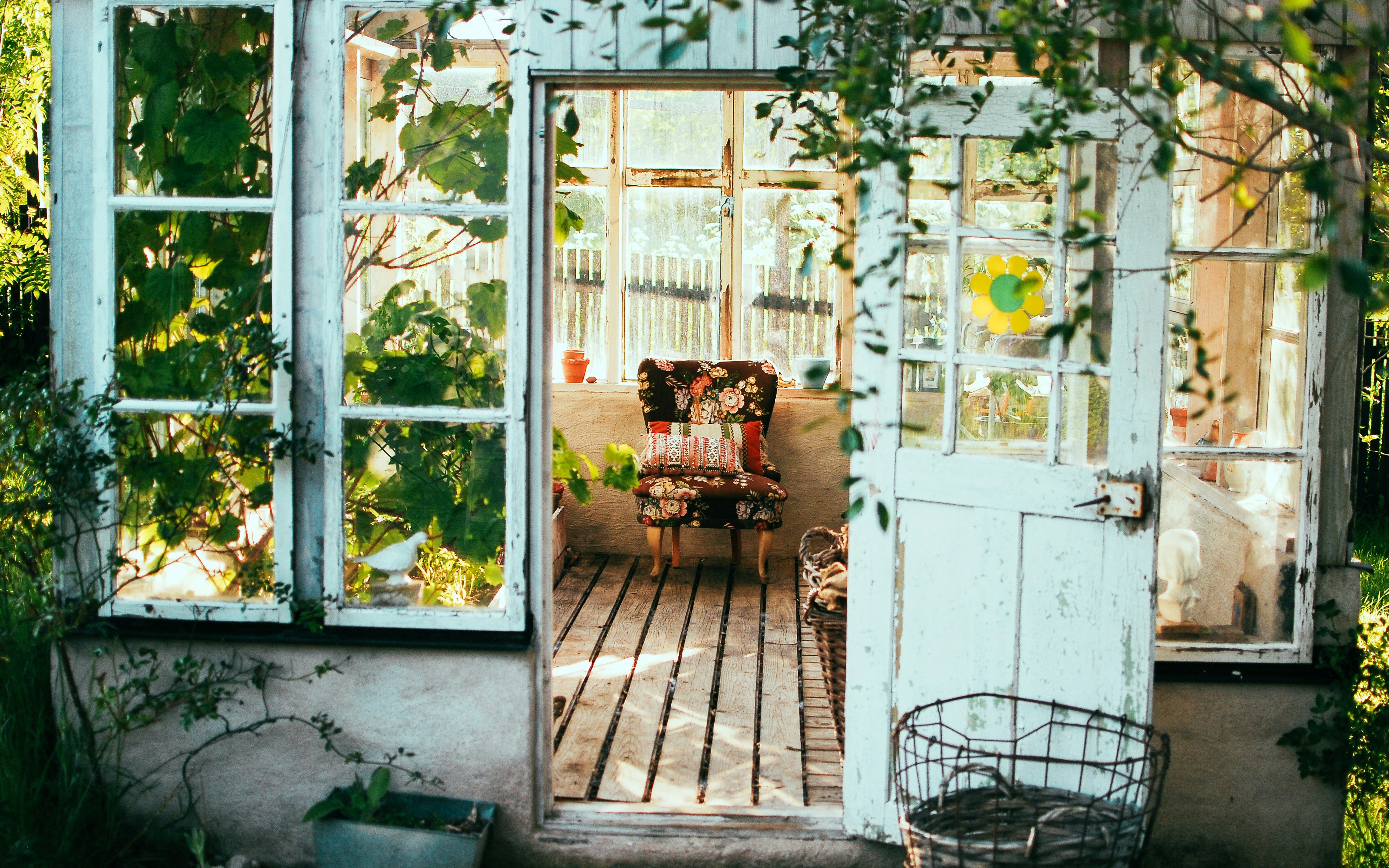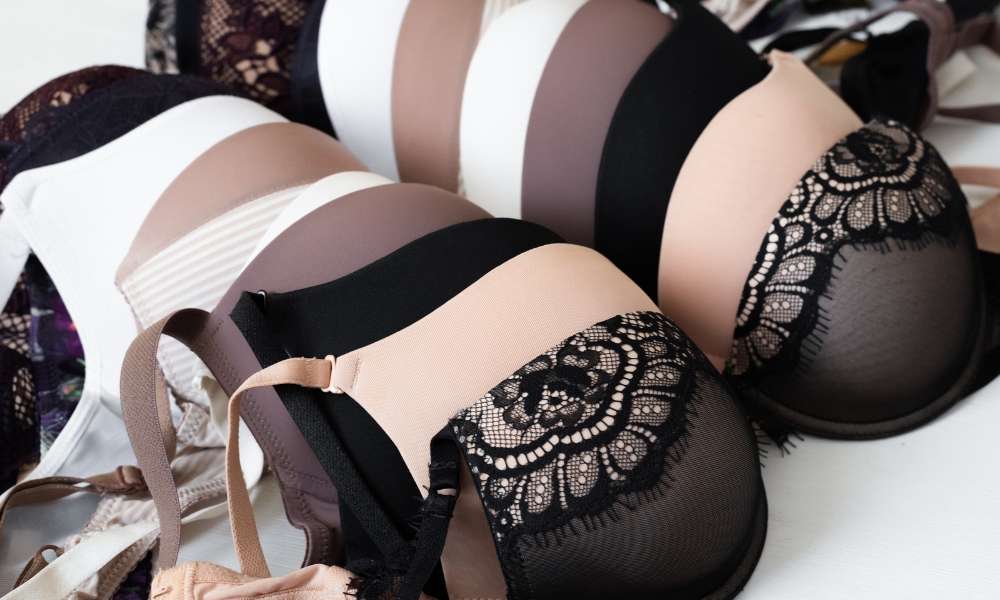The Resurgence of Terrazzo in Modern Interior Design
When it comes to interior design, trends come and go, but some classics reinvent themselves to suit modern sensibilities. One such design element making a big comeback is terrazzo. A composite material consisting of chips of marble, quartz, granite, and glass, terrazzo was a popular choice for flooring and countertops in the mid-20th century. Let's delve into the history of terrazzo, its current uses, and why it's trending in today's design scene.
Historical Context of Terrazzo
Terrazzo was first used in the 15th century by Venetian construction workers as a low-cost flooring option. They would set scraps of marble into clay, then grind and polish the surface to create a smooth, hard surface. Over time, terrazzo became a popular choice for public buildings due to its durability and ease of maintenance. By the 1970s, however, the material fell out of favor as design trends shifted towards more natural materials.
Terrazzo’s Modern Resurgence
Fast forward to today, terrazzo is back in a big way. It’s not just confined to flooring anymore, but is being used in a variety of applications, from kitchen countertops and backsplashes to wall treatments, furniture, and decorative accessories. Its flexibility in terms of colors and materials used, combined with its durability and easy maintenance, make it a versatile choice for modern interiors.
Current Design Trends and Insights
Designers are embracing terrazzo for its playful, confetti-like appearance, which adds visual interest and texture to a space. It works well in minimalistic designs where a pop of pattern is needed, but also fits in with maximalist styles due to its bold, graphic look.
A key trend is the use of brightly colored terrazzo, moving away from the traditional neutrals. This allows for a more personalized, bespoke look. Another trend is the use of larger chips, resulting in a chunkier, more tactile surface that adds depth and visual interest.
Practicality and Market Trends
Terrazzo is not just about looks, though. Its practical benefits are contributing to its popularity too. It’s durable, low maintenance, and sustainable, as it can be made with recycled materials. The market for terrazzo is expected to grow in the coming years, driven by increased demand from the residential sector.
Enhancing Daily Living
Terrazzo brings a sense of luxury and uniqueness to a home, while also being a practical choice. A terrazzo kitchen countertop, for example, is not only a beautiful design feature but is also durable and easy to clean. Terrazzo flooring adds personality to a room while being hard-wearing and long-lasting.
In conclusion, the resurgence of terrazzo illustrates how past design elements can be reimagined to fit into modern aesthetics. Its blend of form and function, combined with its versatility and sustainability, make it a trend worth watching. The ability to customize the colors and materials used means that each terrazzo surface can be truly unique, reflecting the individual style and personality of the homeowner.





